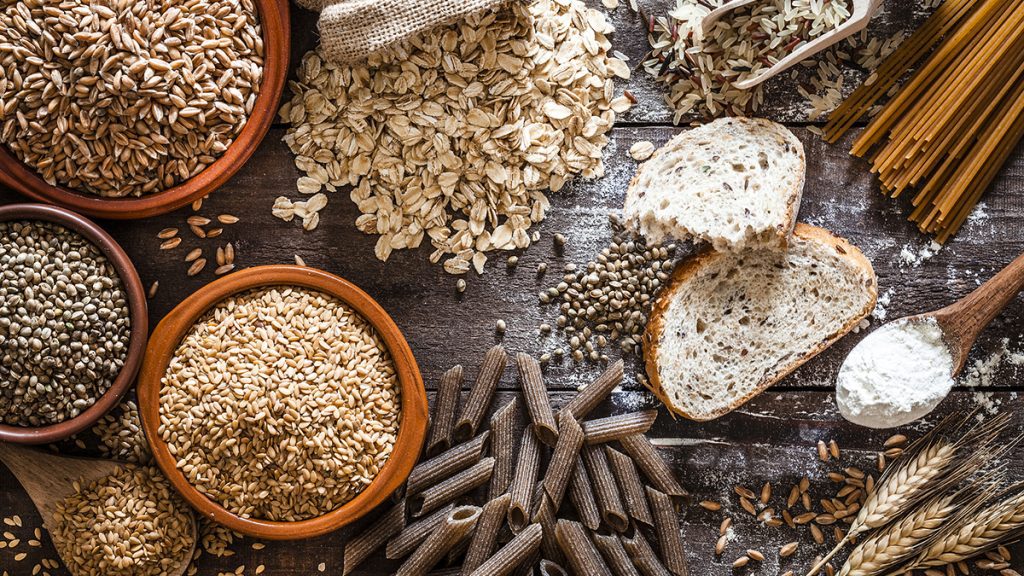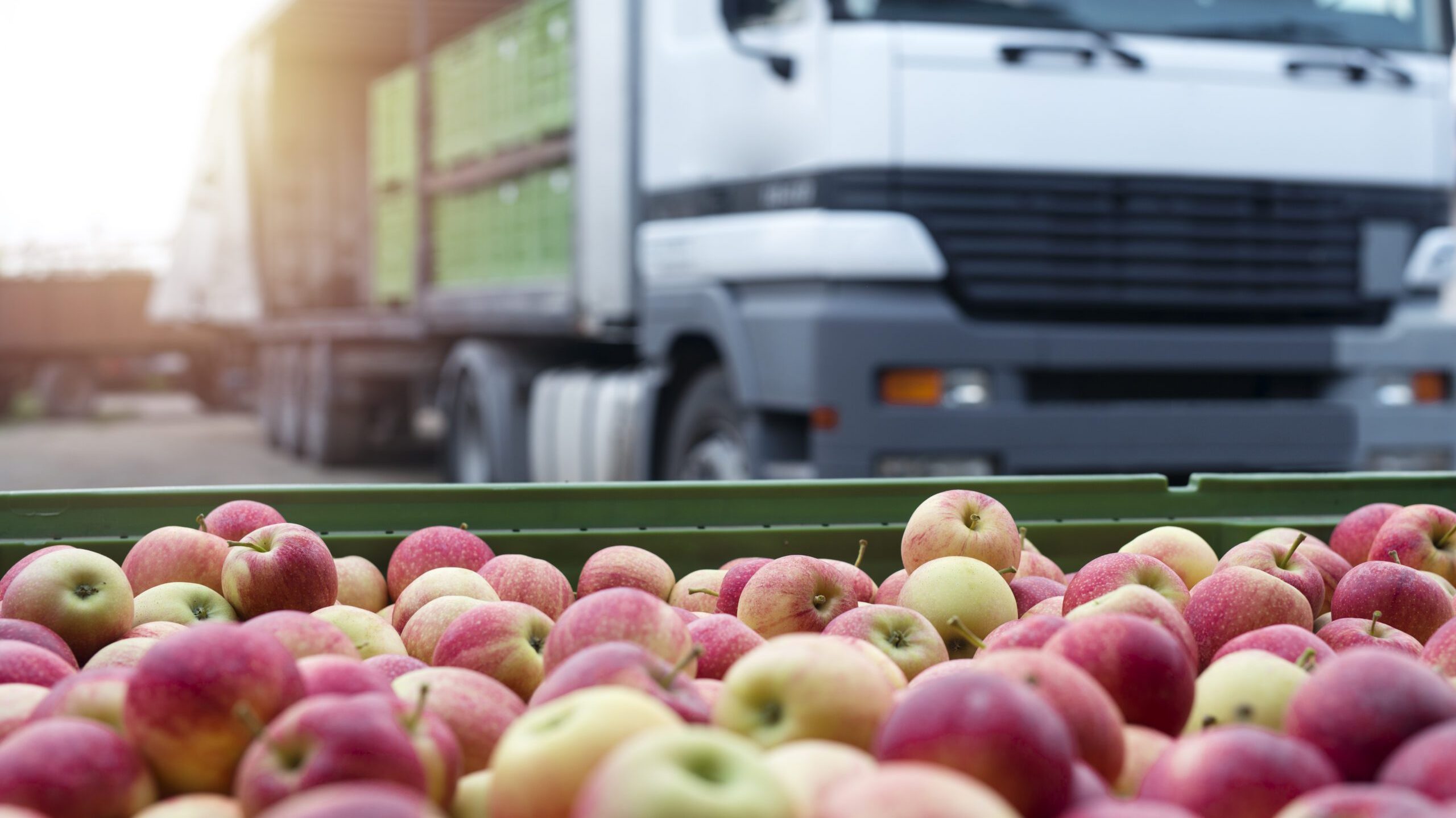If you or someone in your whānau has been diagnosed with type 2 diabetes or are at risk of developing diabetes in the future, you may find yourself at the most daunting stage of diabetes management – the very beginning!

Starting to understand diabetes and what changes you may or may not need to make to your lifestyle and diet can be overwhelming. With so much information at our fingertips it can be confusing to know where to start, and many people think that they can never enjoy the foods they love again.
We’re here to set the record straight and bust some diet myths. We’ve covered 6 of the most common topics below.
1. Can I use sweetener like stevia?
Non-sugar sweeteners (including artificial and natural sweeteners) are found in many foods/drinks or used at home as a replacement to sugar. They are typically a lot sweeter than sugar, so they only need to be used in small amounts, and are generally low or no calorie.
Foods and drink containing artificial sweeteners are often marketed for weight loss and may be recommended for controlling blood glucose levels in people with diabetes (1). The latest World Health Organisation (WHO) guidelines suggest that there isn’t enough good quality science to show that foods and drinks with non-sugar sweeteners help with weight loss or reduce the risk of diabetes. For some people, these products may help to reduce sugar and calorie intake, which may help with weight loss or maintenance. It is important to consider each food as a whole, as these products may be more processed and may contain additives, preservatives, saturated fat and salt. They also don’t help you to rewire your brain and taste buds to crave less sugar.
The WHO guidelines instead recommend greater benefit in reducing our intakes of free and added sugar from fruit juice, honey, table sugar and sugar in packaged foods.
To do this, try to seek out low or no sugar alternatives that you enjoy e.g. swap diet soft drinks for flavoured sparkling water as the best option.
2. Do I need to cut out all carbs?
Carbohydrates are found in many foods including grains (breads, rice, pasta), legumes, vegetables, milk, fruit and packaged foods and they are certainly not off the table!
The latest guidelines clearly show that you can manage your diabetes while eating high quality carbs, and foods that are high in dietary fibre are actually encouraged for blood sugar control. We should be aiming to consume at least 35g of dietary fibre each day, and one of the most important dietary changes you can make to achieve this is swapping refined carbohydrates like white rice, white bread or white pasta for whole and minimally processed options.
Wholegrains like bulgur wheat, brown rice, oats, quinoa and whole grain breads alongside other quality carbohydrate sources like legumes, whole fruit and vegetables are all good sources of carbohydrate that are natural sources of dietary fibre. See our latest blog on Fibre and Diabetes for more information.
Look to pair these minimally processed carbohydrates with lean sources of protein and healthy fats to manage blood sugar levels. Your dietitian or health professional can help you establish an appropriate amount and distribution of carbohydrate to consume over a day.

3. Should I follow a keto or very low carb diet?
The latest guidelines highlight that a very low carb diet (less than 150g per day) or a keto diet (less than 50g per day) is not recommended for managing type 2 diabetes due to a lack of evidence and safety concerns (2).
This kind of dietary approach often means that the balance of foods eaten are outside of usual dietary recommendations and can be linked with increased cholesterol, hypoglycaemia (low blood sugar levels), diabetic ketoacidosis (build-up of ketones) and vitamin and/or mineral deficiencies (2). If you plan to follow a keto diet, it’s important to do this alongside a health professional to ensure that nutrient intakes (i.e. fibre, vitamins, minerals) are sufficient and saturated fat intakes from animal products are not above recommended levels.
The more restrictive the diet – the more difficult it is to keep up long-term! Food is more than nutrition and when we follow an overly restrictive diet, it impacts our ability to socialise and connect with others around food too.
4. Is fruit off limits?
Fruit is a hotly debated topic because of the natural sugar content. However, consuming whole fruits and vegetables are a key recommendation in the NZ Ministry of Health Eating and Activity guidelines, because these foods are important sources of fibre, antioxidants, vitamins and minerals (3).
But what about dried fruit? Fruit juice? Processed fruit products?
The latest guidelines recommend whole vegetables and fruit to improve blood glucose control and reduce the risk of diabetes and other chronic diseases. Ideally, this is fruit that is fresh or frozen with no other ingredients. For example, canned fruit is soaked in juice which is a source of free sugars.
Some people with type 2 diabetes may need to make changes to the type of fruit that they consume or way they consume it. Try adding fruit to a smoothie with a protein and fat source to support optimal blood sugar control i.e. banana, berries, milk, peanut butter and avocado.
It’s ok to have 2-3 pieces of fruit per day. Focus on reducing free sugar found in foods like fruit juice, honey, date syrup, table sugar and sugar added to packaged foods, instead of removing fruit from your diet.

5. Can you reverse your diabetes with diet?
When it comes to Type 2 diabetes, it’s best to think of ‘remission’, not reversal.
Remission from Type 2 diabetes refers to blood sugar levels returning to a normal range without the need for diabetes medication for a sustained period (HbA1c of 6.5% or less for >3 months). The great news is this may be possible in collaboration with your health care professional through diet and lifestyle changes. It’s important to take direction around the ongoing use of your medications (i.e. GLP-1s, insulin, sulfonylureas) from your health care professional.
The latest guidelines suggest that weight loss of at least 10-15% from initial body weight is required, and is more likely the closer to the type 2 diabetes diagnosis that the weight loss occurs. However, not everyone will be able to achieve this. Even a 5% weight loss will still benefit health (4).
It’s important that any dietary approach is supported by your health professional, and followed up with long term, sustainable diet and lifestyle strategies to support and maintain weight loss.
6. What should I be looking for on a label?
Almost all foods on supermarket shelves have been processed in some way or another. When buying packaged foods, choose the healthiest options available using our tips below.
When shopping for packaged foods, it’s important to read food labels. You’ll see lots of claims on pack like ‘no added sugar’ or ‘keto-friendly’.
It is best to flip over the packet and look at the nutrition information and ingredients list. Look for options that are highest per 100g in fibre (>6g) and lower in saturated fat (<5g), salt (sodium) (<420mg) and added sugars (<10g in food and <1g in drinks).
Ultra-processed foods have ingredients you wouldn’t typically use in your kitchen, like preservatives, sweeteners, artificial colors, and emulsifiers. They often have a long shelf life and include items like soft drinks, biscuits, ice cream, pizza, some cereals, certain breads, and even some yoghurts.
One of the best things you can do is base your diet around plenty of whole foods as these are the best for your health and blood sugar levels. This includes minimally processed plant foods like whole grains, vegetables, whole fruit, legumes, nuts, seeds and vegetable oils.
Click here to read our brochure on diet and diabetes for more information!

References
1. Use of non-sugar sweeteners: WHO guideline. Geneva: World Health Organization; 2023. Licence: CC BY-NC-SA 3.0 IGO
2. The Diabetes and Nutrition Study Group (DNSG) of the European Association for the Study of Diabetes (EASD). Evidence-based European recommendations for the dietary management of diabetes. Diabetologia 66, 965–985 (2023).
3. Ministry of Health. (2020). Eating and Activity Guidelines for New Zealand Adults.
4. Diabetes Australia. (2021). Position Statement Type 2 Diabetes Remission.

